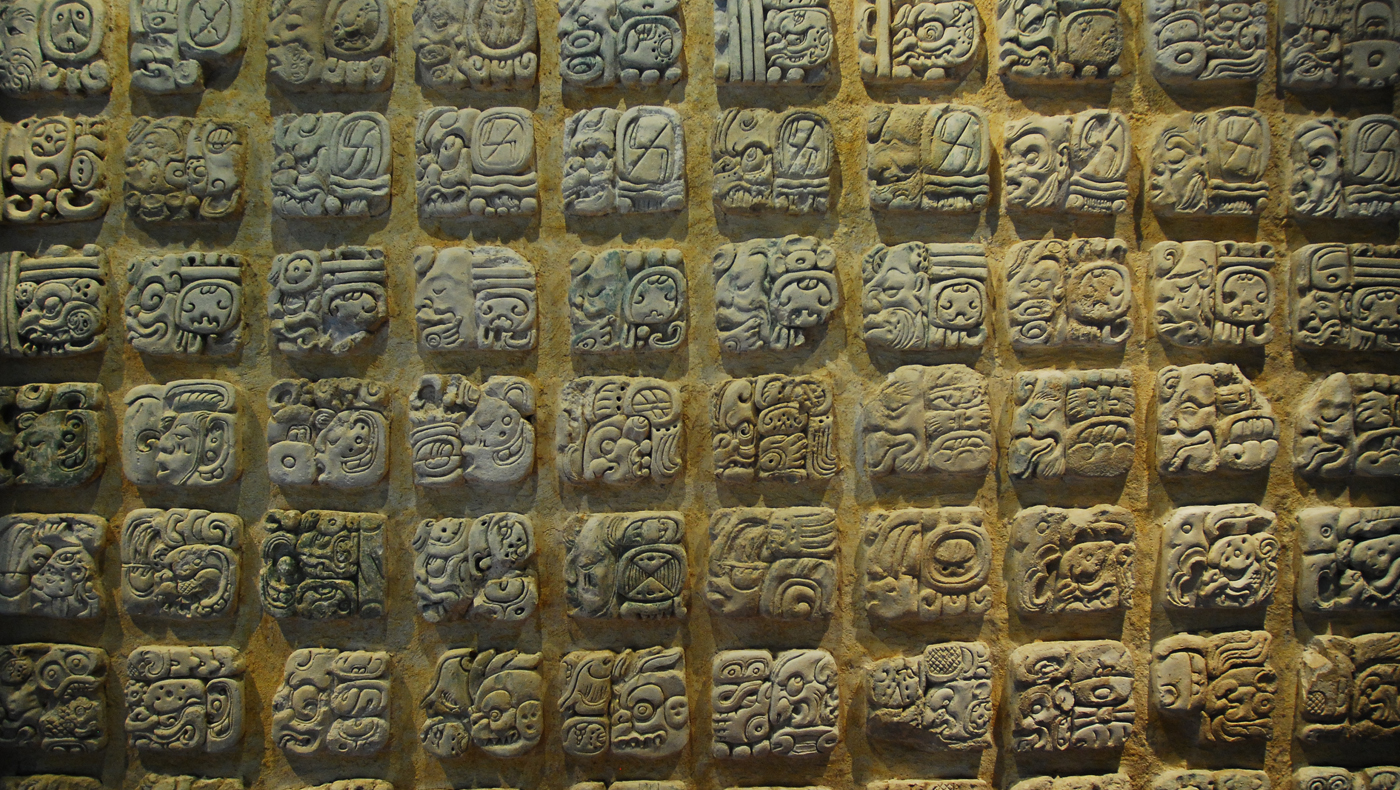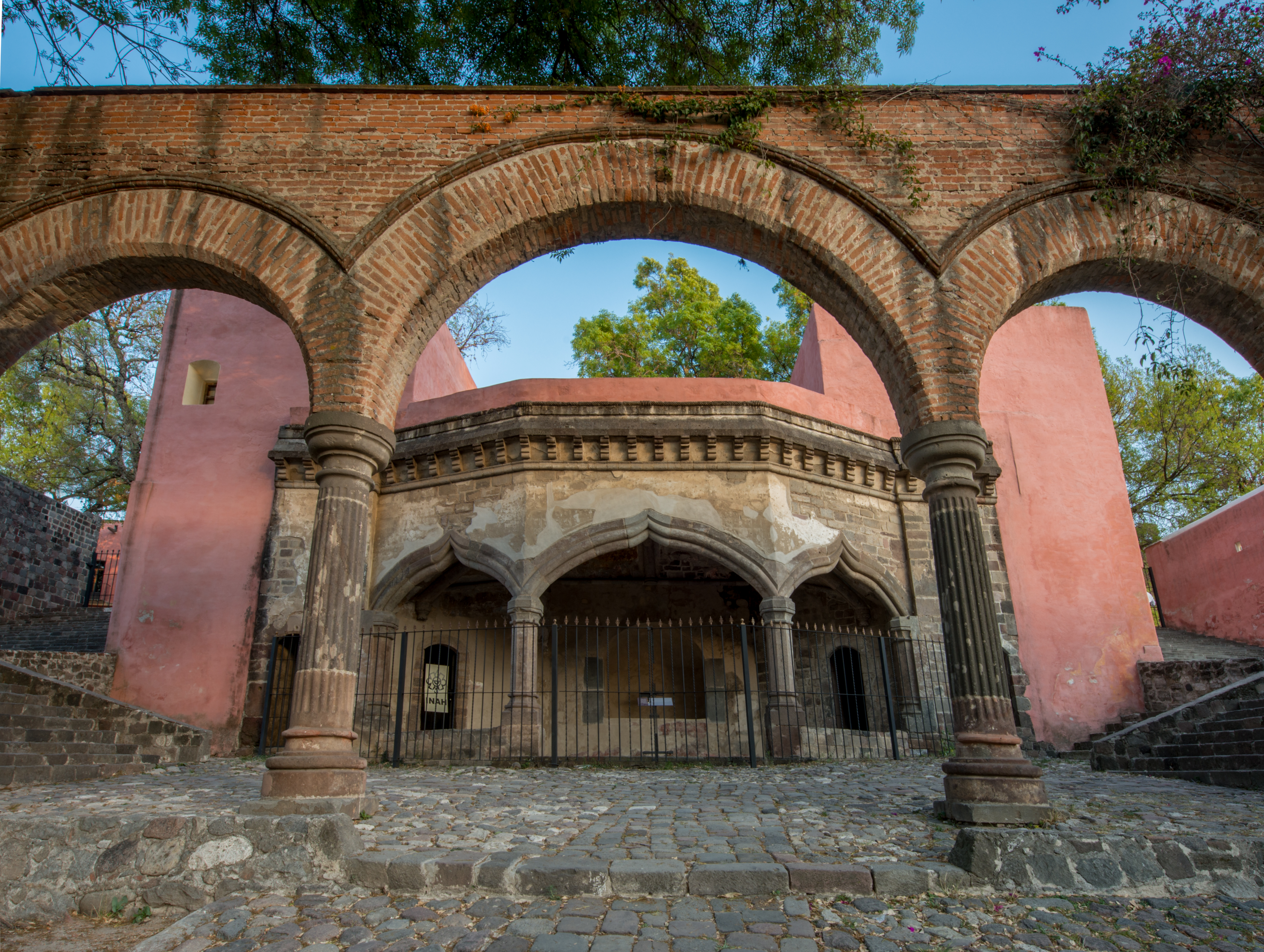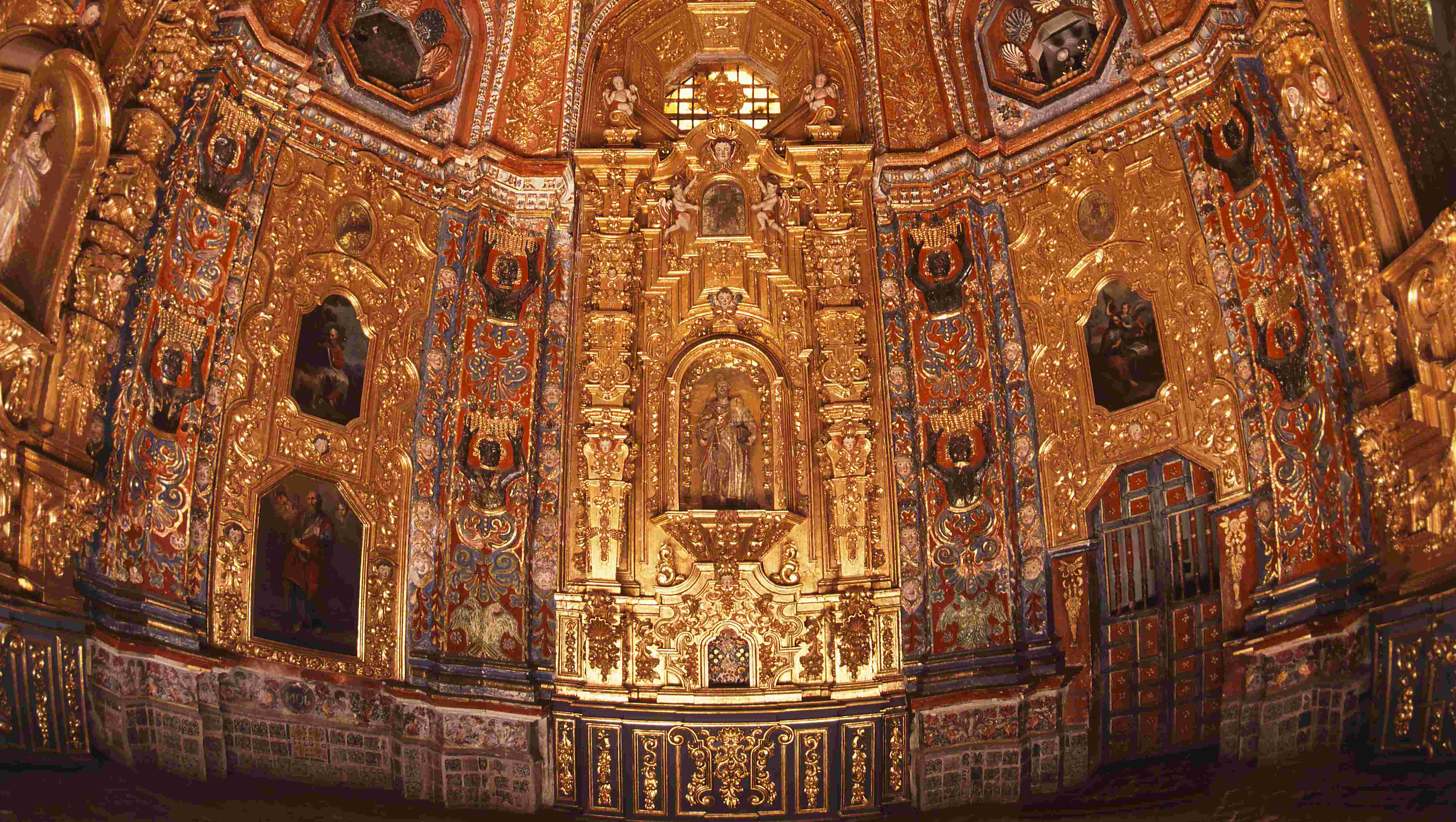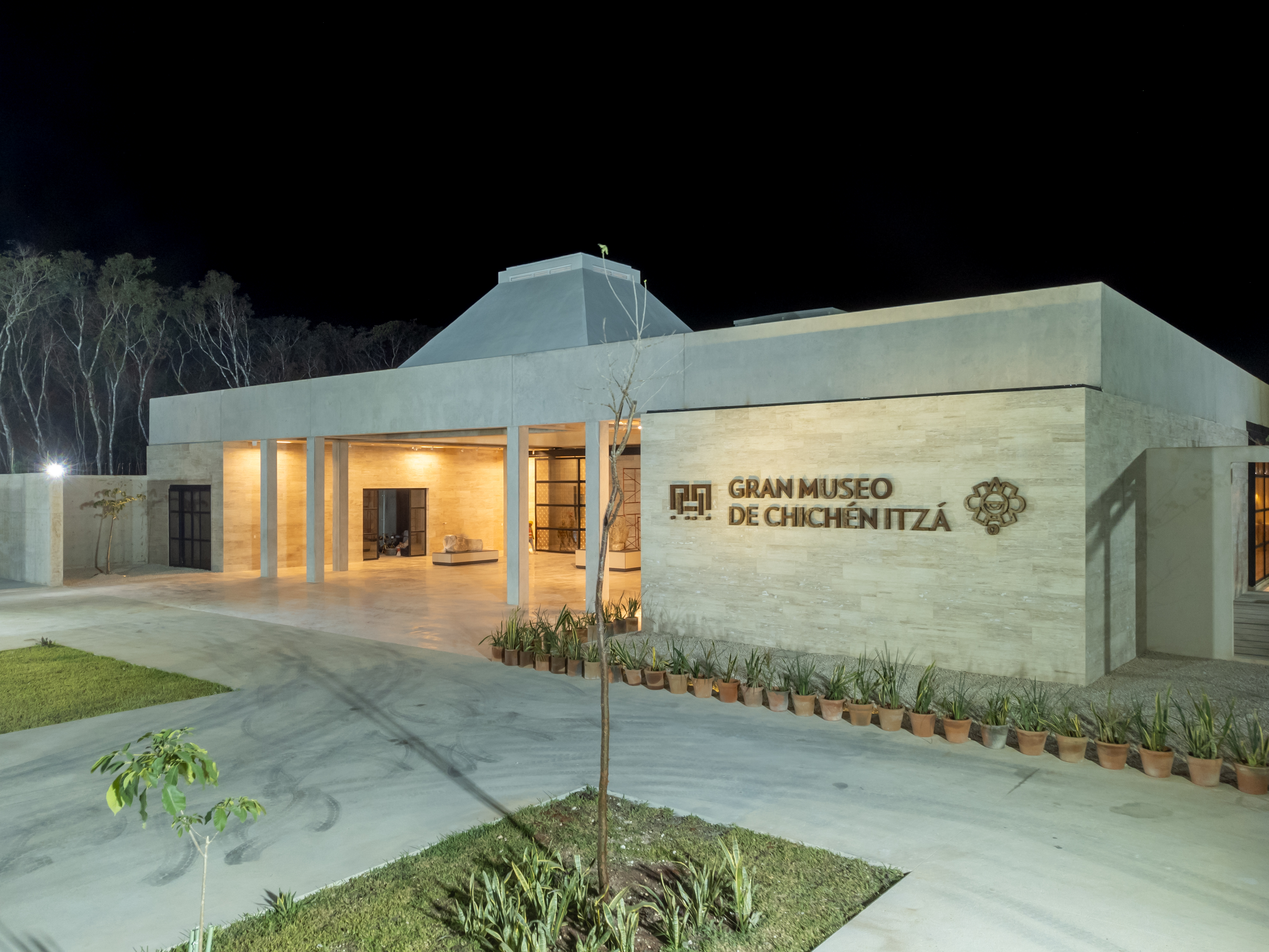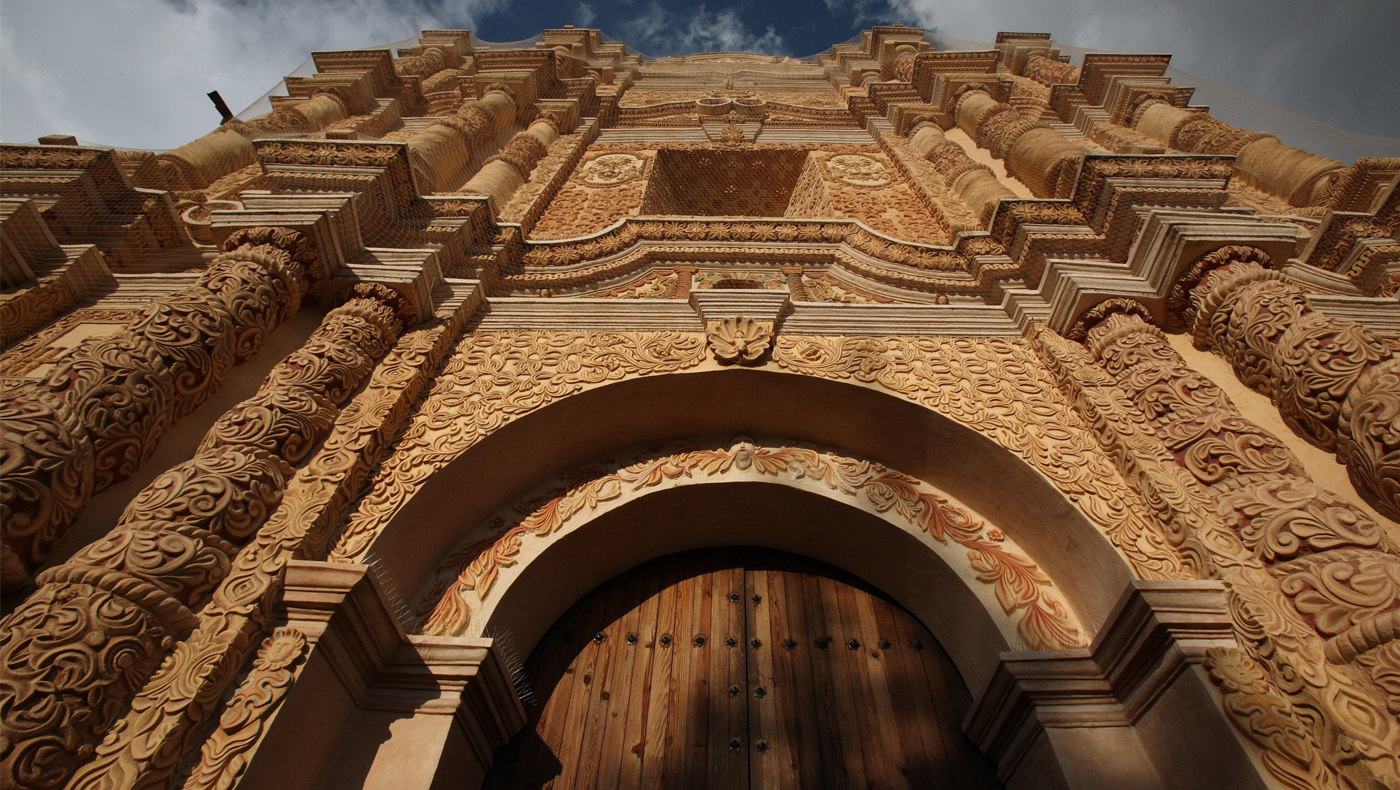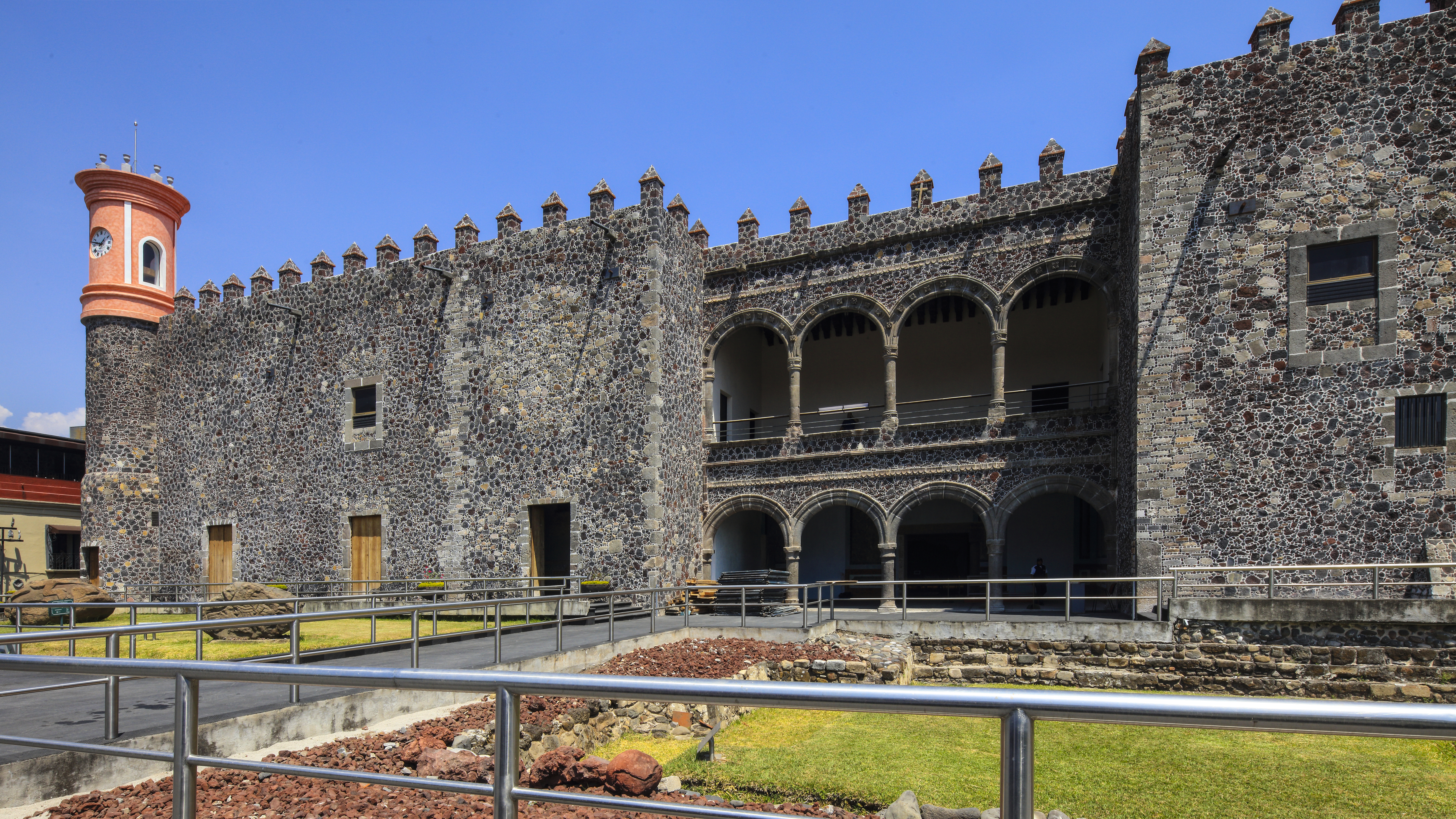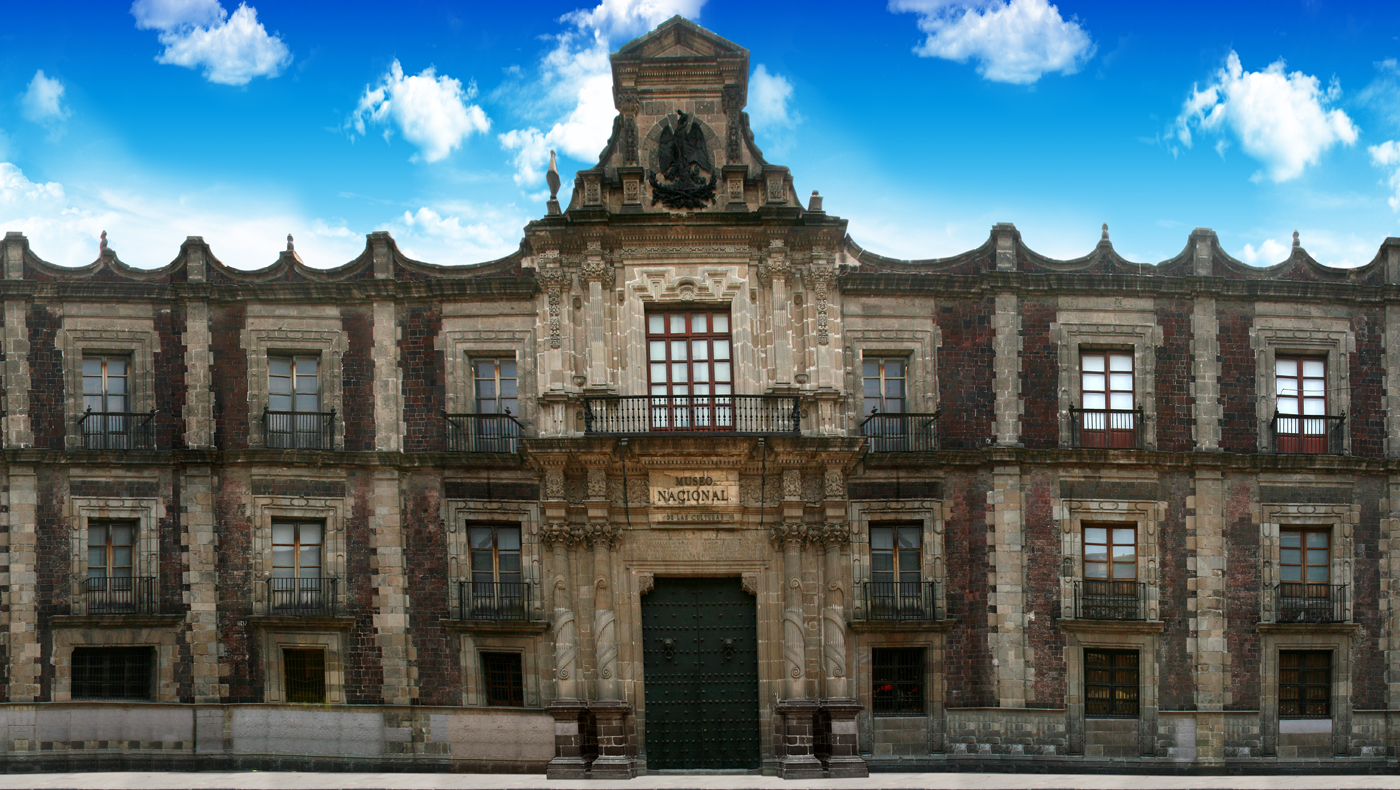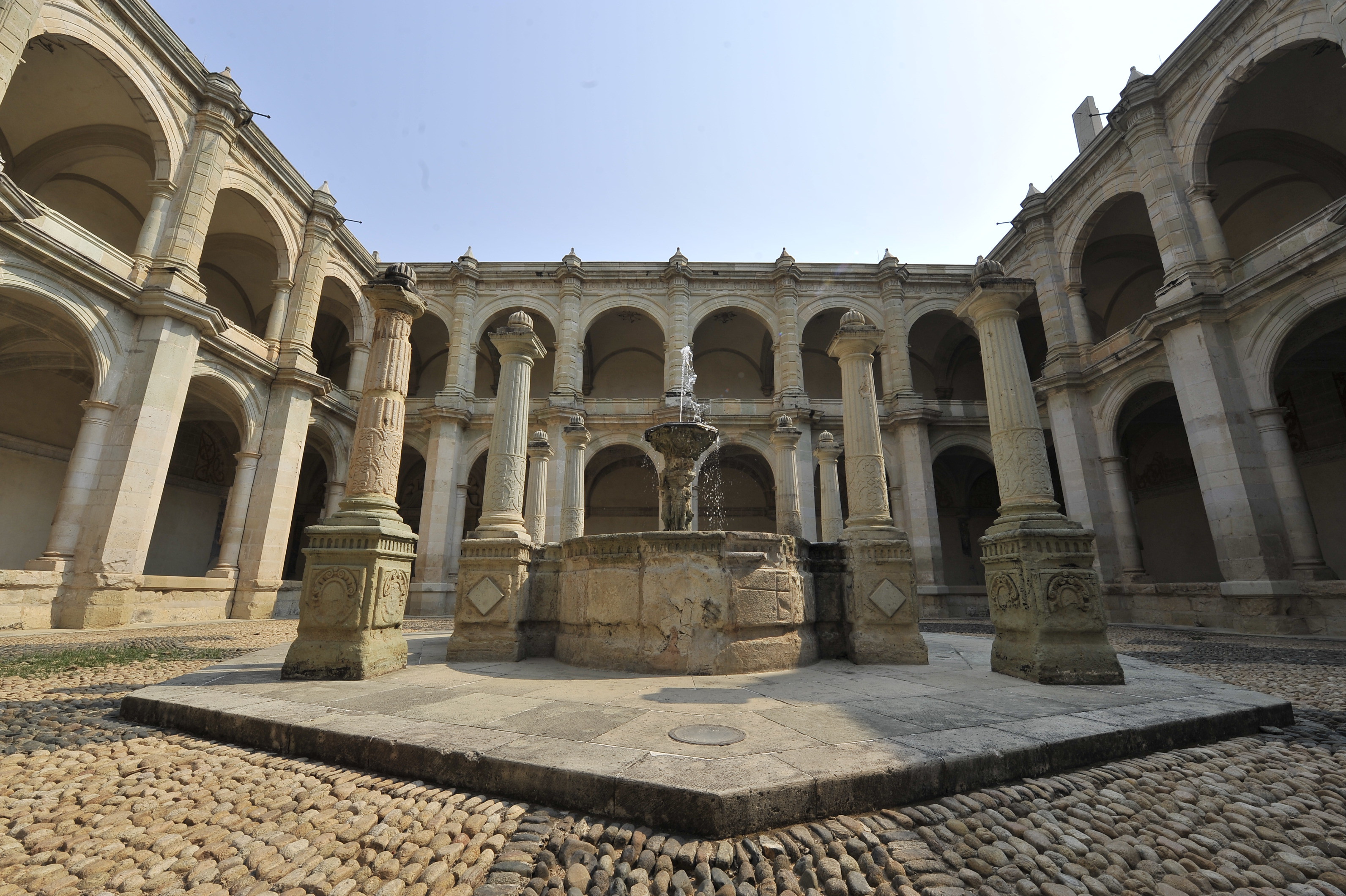
Mostrando 37 - 48 de 67
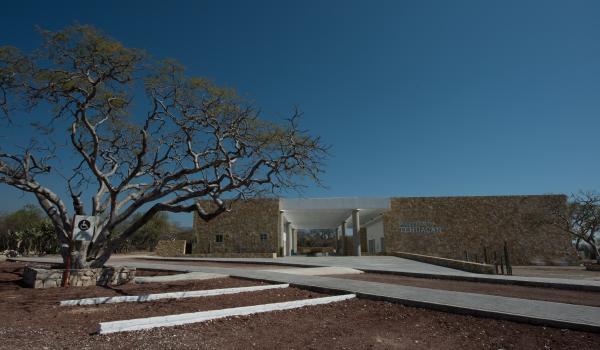
Museo de sitio de Tehuacán el Viejo
Offering a unique view of the Valley of Tehuacan, the site museum of Tehuacan el Viejo has a rich collection of archeological material and audiovisual clips on Ndachjian, better known as Tehuacan, the most important city today in the east of the state of Puebla.
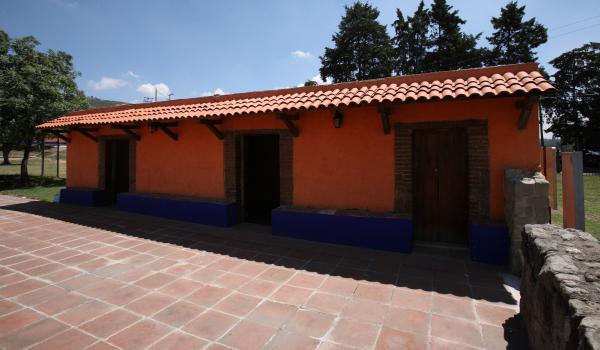
Museo de Sitio de Tizatlán
On the site of the former archeologists’ shelter, the museum was built in 1930 and was recently renovated. Tizatlan was one of the four fiefdoms of the Republic of Tlaxcala alongside Tepeticpac, Ocotelulco and Quiahuixtlan and it has structural remains from the late pre-Hispanic era, together with a very early Christian chapel.
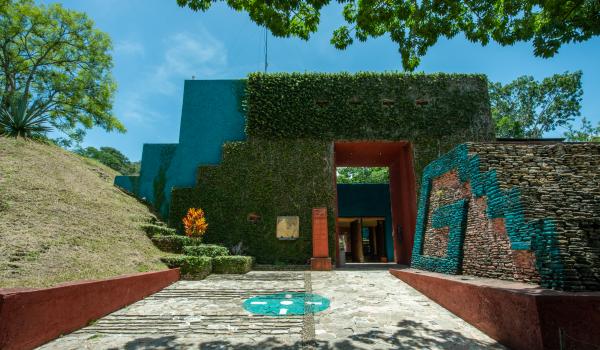
Museo de Sitio de Toniná
Extraordinary Maya city which grew to be the most populated and important city in Mesoamerica 1,500 years ago. Its magnificent pyramids (among the highest) with relief work, sculpture and pottery, as well as the museum's rich collection, amaze visitors to the archeological zone.
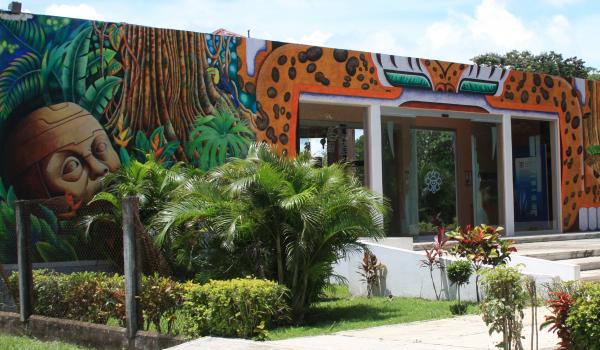
Museo de Sitio de Tres Zapotes
The Olmec region has the longest record of continual occupation. The museum houses: the oldest stela in Mesoamerica, an extraordinary stone with the “long count” for the whole calendar, the first colossal head to be discovered and other artefactual evidence of these remarkable sculptors and workers in precious metals of the earliest civilization.
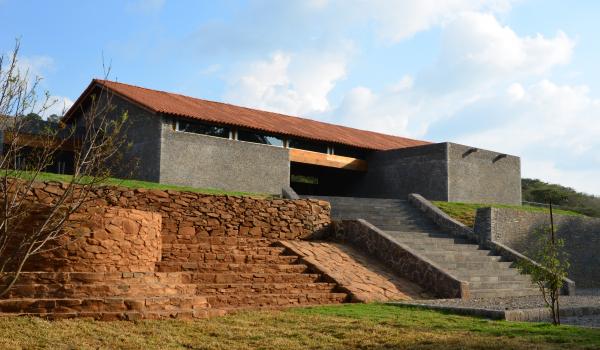
Museo de Sitio de Tzintzuntzan
Shows the development of the Tarascan capital and its inhabitants who were notable silver and goldsmiths, potters, unvanquished warriors and builders of yacatas (round based temples). A glimpse of the religion, wars and working lives of these town dwellers.

Museo de Sitio de Xochitécatl
Since the eighth century BC the ancient Tlaxcalan culture ascribed women preeminent roles as givers of life, wise women and governors. This was exceptional in Mesoamerica. The museum has a multitude of artifacts testifying to the fact: ceramics, ornaments, offerings and utensils.
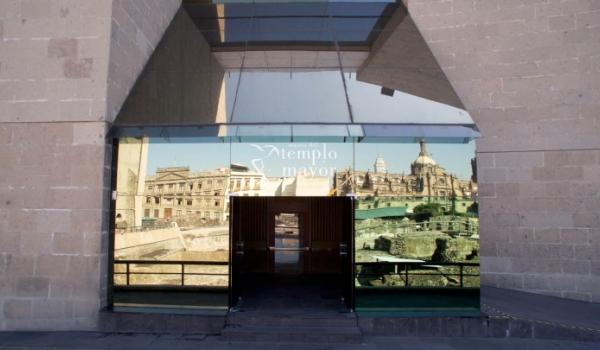
Museo de Sitio del Templo Mayor
The Great Teocalli (temple) that amazed the Conquistadors remains a testament to the magnificence of the Tlatoani chiefs and the religiosity of their people; it was also the cosmic center of Mexica rule. A unique museum showing the remains of the original construction and its valuable monuments.
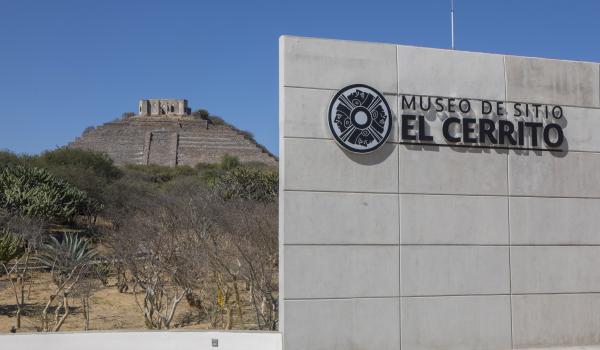
Museo de Sitio El Cerrito
The museum presents the history of the archeological zone, taking the Toltec worldview as its starting point. The El Cerrito site is the northernmost ceremonial center in Mesoamerica and the site museum exhibits items recovered during the excavation. It is the museum for the most important archeological zone in the state of Querétaro, covering 350 square meters.
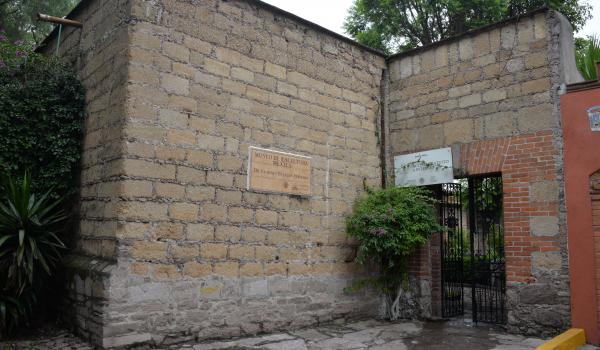
Museo de Sitio Eusebio Dávalos Hurtado
This late-eighteenth-century retreat for the pulque magnates of Tlalnepantla now displays Mexica stone sculptures and pottery depicting nature, men and the gods, all within the setting of a stately residence.
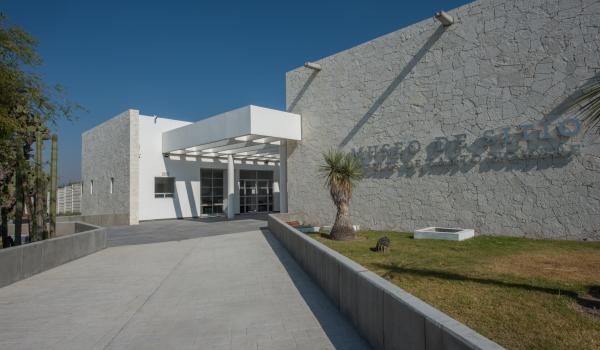
Museo de Sitio Teteles de Santo Nombre
Teteles de Santo Nombre is the largest Pre-Hispanic city of the Tehuacan-Zucatlan region. The site museum displays part of the history of one of the most important urban settlements in the central region of Mexico from the Classic period.
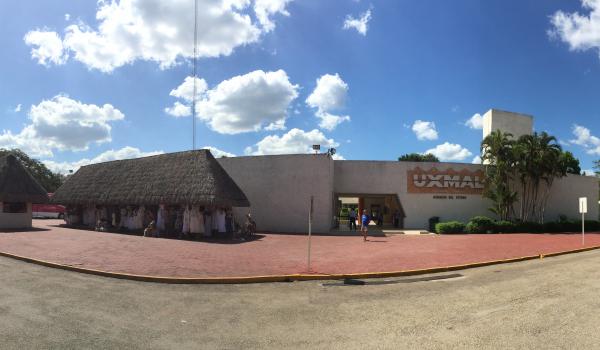
Museo de Sitio Uxmal
Shows the ancient technique for collecting and storing rainwater: cysterns, tanks, ducts and drains. It also houses some fine Puuc style sculptures: religious and stately pieces, examples of writing and the village. It shows how the ancient Maya lived in close harmony with nature.

